With so many flocking to Colorado’s mountains out west, find a little bit of peace with a different kind of adventure out east along The Great High Prairie. Encounter rolling grasslands set amongst majestic canyons, an abundance of wildlife, and the unwavering spirit of America’s frontier, southeastern Colorado embodies the spirit of the American Wild West.
Free from the I-70 traffic to ski country and free from the crowded trails, Colorado’s Eastern Plains offers something the mountains can’t…the wide-open road, solitude, infinite sunsets, and an expansive horizon that seemingly reaches the ends of the earth.
Discover wild landscapes, unique attractions, and rich history, with these things to do on Colorado’s Great High Prairie.
Snow Goose Migration on The Great High Prairie

In a tornado-like fashion, 100,000+ snow geese make a swirling descent upon the plains in Prowers County, near Lamar, CO during their annual migration. Within State Wildlife areas and on many area reservoirs, visitors are afforded an amazing opportunity to witness the annual snow goose migration. Both in the late fall with the southern migration and mid-winter for the northern migration, the snow goose migration begins on The Great High Prairie.
A typical northern migration can see 100,000+ snow geese returning from their wintering home in Mexico, Texas, and New Mexico to their breeding grounds in the Canadian Tundra. As they make their way back north, they stop at local reservoirs to rest and feed on leftover grain in nearby farming fields.
Lamar rests along an ancient corridor, named the Central Flyaway, that runs through the west-central part of the country. It’s here that snow geese and other migratory birds follow a distinct migration route along this flyaway every year. In fact, The high plains have recorded over 400 species of birds including Warblers, Grosbeaks, and Buntings.
Popular places to see the snow geese include the John Martin Reservoir, Queen’s State Wildlife Area, Midwestern Farms State Wildlife Area, Two Buttes Reservoir, and other spots along the Snow Goose Trail.
Before you go, state wildlife areas now require a valid hunting or fishing license for those 18 years or older.
Annual High Plains Snow Goose Festival
During February, the northern snow goose migration is so big, that the town of Lamar holds the annual High Plains Snow Goose Festival. As one of the largest birding festivals in Colorado, the event hosts a variety of programs, tours, and seminars that highlight the area’s birding and unique heritage. Come celebrate the arrival of 100s of thousands of snow geese as they arrive via the Western Central Flyway for a truly unforgettable experience.
Other wildlife to look out for
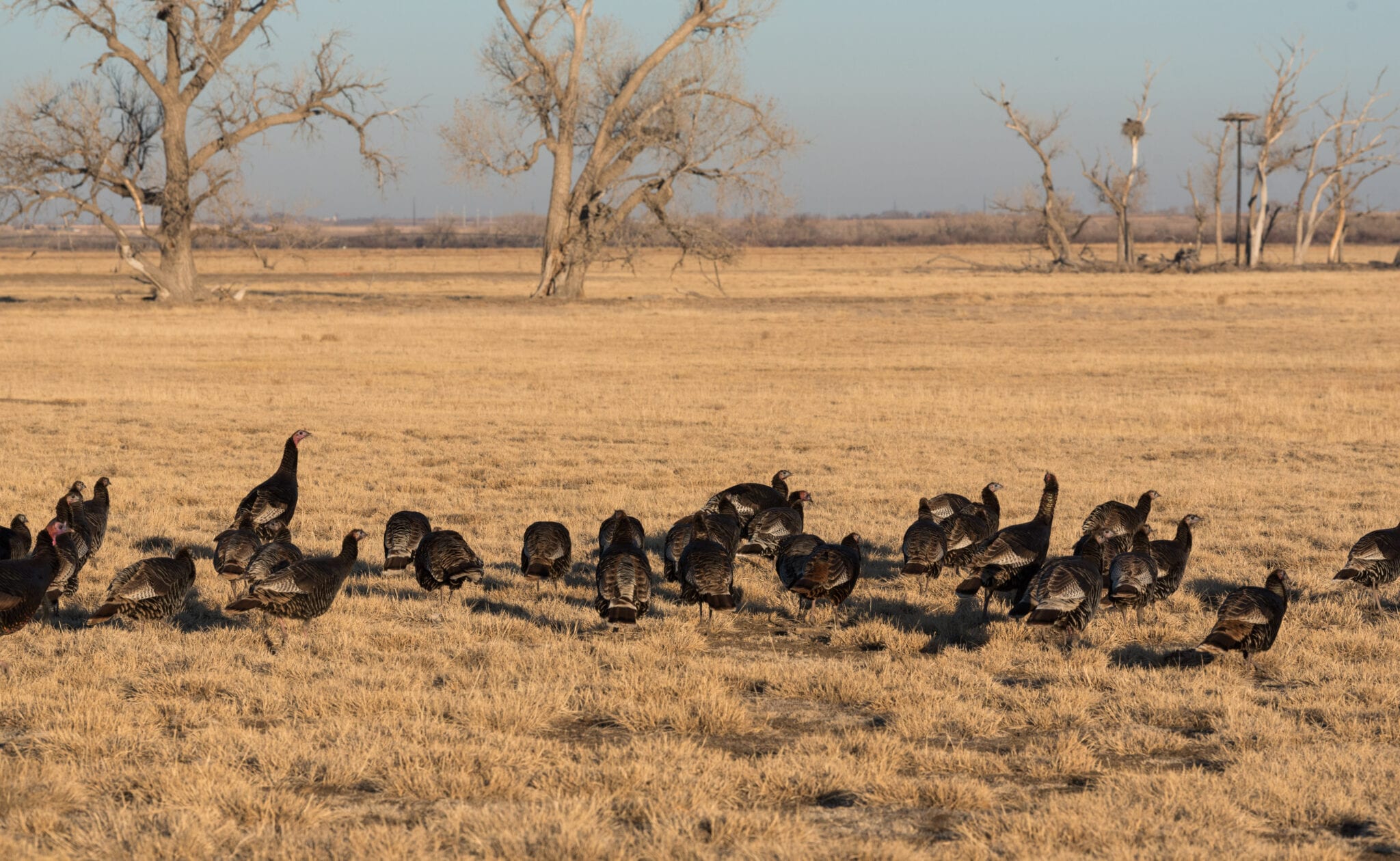
While the snow geese and other migratory birds are certainly the main attraction, several other forms of wildlife make their way across the plains. A flock of wild turkeys can be seen roaming the fields, along with deer, bobcats, pronghorn, and in the winter bald eagles that have come to nest.
Hiking and Biking Trails
For a different kind of hiking and biking experience, discover the golden hues of prairie grass, sandstone formations, and sunsets that seem to last forever along the Great High Prairie trails. Hike through canyons at Carrizo Canyon, Vogel Canyon, Picketwire Canyon, and many more.
Visit the John Martin Reservoir State Park for numerous hiking and biking trails alongside the reservoir. Or hike the highest point in The Great High Prairie at Two Buttes Mountain.
Year-round activities at John Martin Reservoir
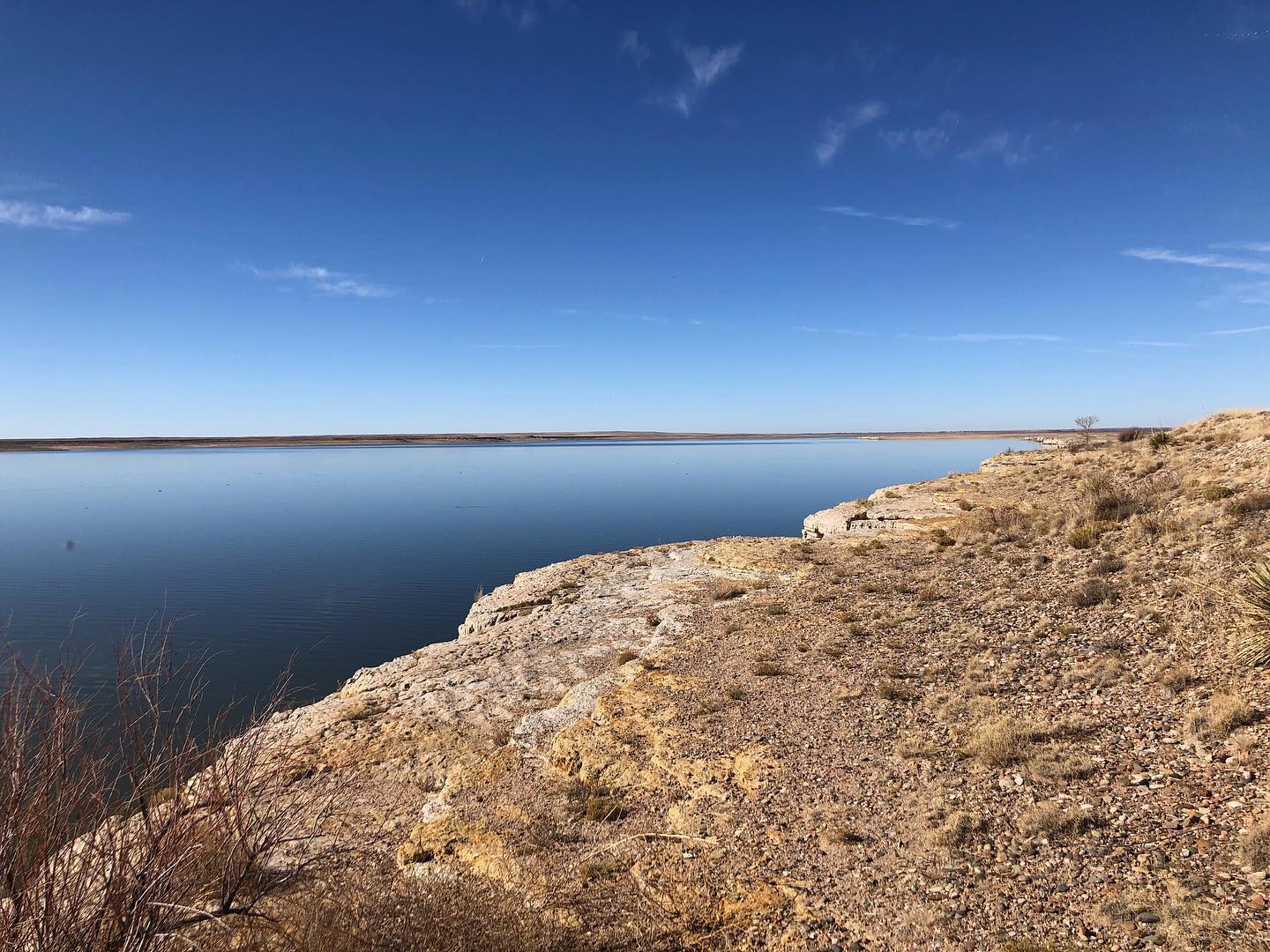
The John Martin Reservoir is the largest body of water in southeastern Colorado and sits as a beacon for year-round activities. Fish, swim, and camp in the summer, hike, and bike year-round, spot bald eagles in the winter, and so much more! Unique historical features also capture the attention of visitors with Indian carvings along the Red Shin Trail and the Santa Fe Trail marker at the Prowers-Hudnell Ranch.
Uncover Colorado’s Railroad History
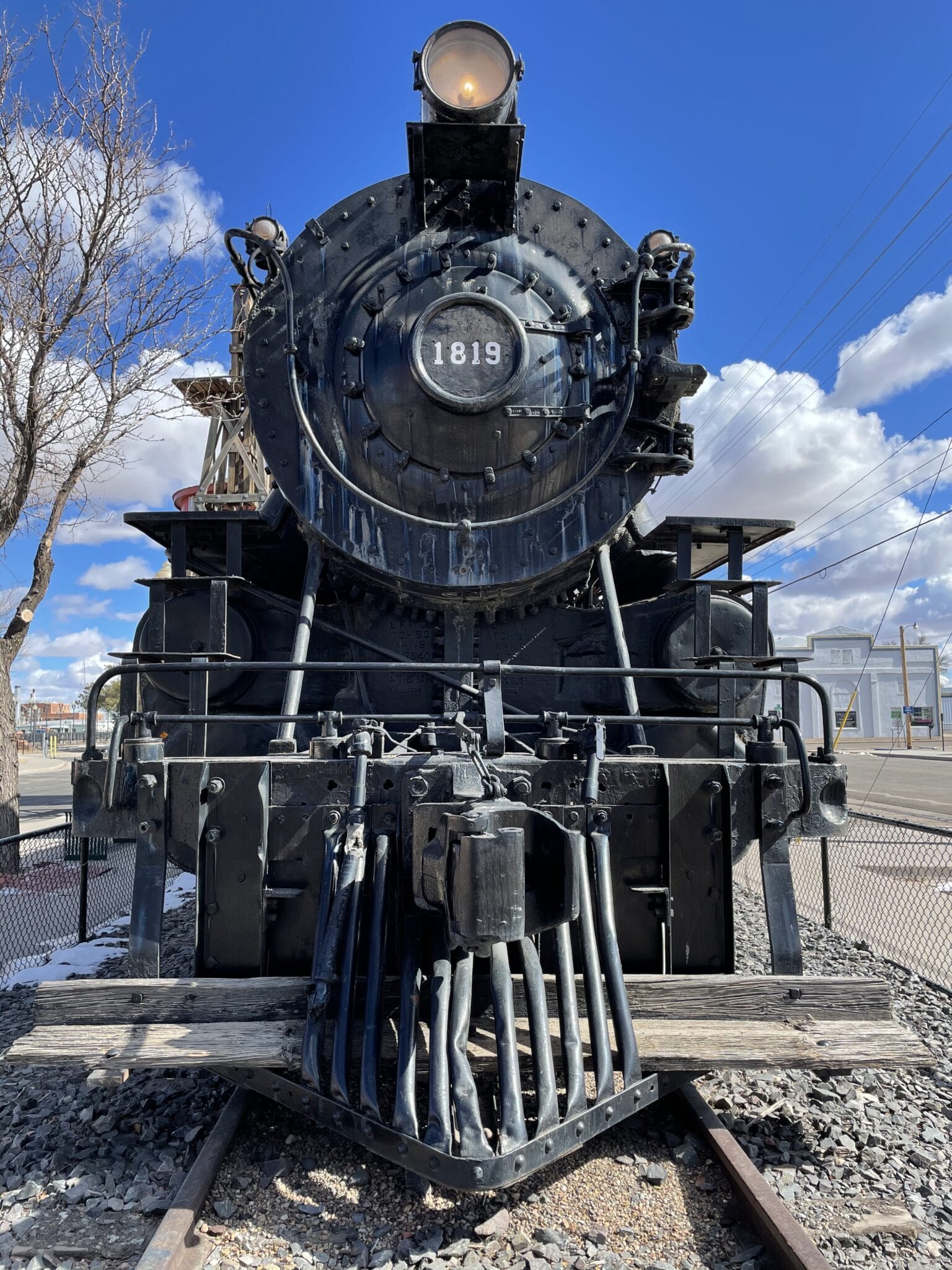
In the 19th century, southeastern Colorado was booming with the railroad industry. Remnants of these times are seen throughout the area with two notable historic landmarks in Lamar and the nearby town of Holly.
Located at the Colorado Welcome Center in Lamar, the refurbished original train depot, the 1819 “Prairie” Engine stands as a reminder of the importance of the railroad industry in southeastern Colorado. The locomotive was constructed to carry freight across the plains and rests today as an important historical landmark along Colorado’s Eastern Plains.

Just a few miles from the Kansas border, visitors will find the 1881 Holly train depot. Constructed at the height of the agriculture and railroad boom, the important stop along the Santa Fe Railroad connected farmers and consumers to the rest of the country by way of rail. The depot remained in operation for roughly 70 years, till the early 1980s. It now serves as the city hall and a library.
Follow the Santa Fe Trail

Before the railroad, travel across the plains was made possible via the Santa Fe Trail. For nearly 60 years, the Santa Fe Trail brought together trappers, traders, hunters, adventurers, emigrants, and more. Connecting 900 miles of the Great Plains between Franklin, Missouri, and Santa Fe, New Mexico, the trail was an integral cog in getting goods and supplies across the plains.
In southeastern Colorado, the Mountain Branch of the Santa Fe Trail parallels U.S. HWY 50, CO 350, and I-25 south of Trinidad. Historic markers are seen throughout the plains, where visitors can feel like a part of history along the trail’s rough route and visibly see the original wagon-wheel ruts.
Such markers exist at Bent’s Old Fort, Comanche National Grassland, John Martin Reservoir, in Lamar at the Big Timbers Museum, the Holly Ranch House, and many more sites.
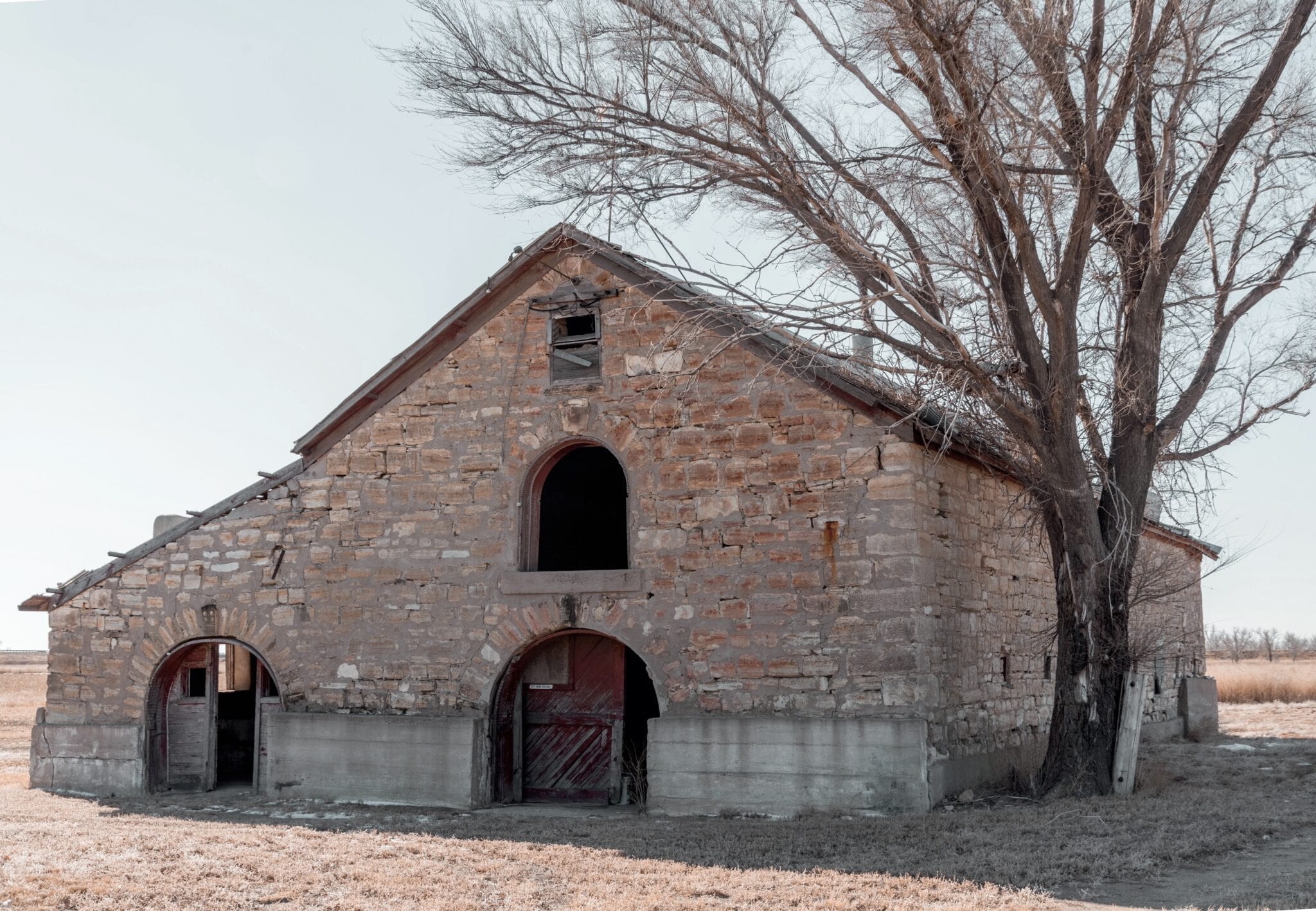
The Holly SS Barn, adjacent to the Holly train depot, stands today as one of the earliest and most well-preserved stone barns in Colorado. The 1879 ranch was one of the first of its kind and is a beautiful representation of the agricultural development that began along the plains many years ago.
Step back in time at Bent’s Old Fort

A significant hub of the fur trade along the Santa Fe Trail, Bent’s Old Fort in La Junta is one of southeastern Colorado’s biggest attractions. Originally built in 1833, the fort was intentionally placed along the Arkansas River where the international boundary between Mexico and the U.S. once was, playing an important role in the expansion of the U.S. into the south.
The fort served as a reprieve for weary travelers of all backgrounds and cultures. Take a self-guided tour through the reconstructed fort to see what life was like during these harsh times.
Continue your exploration with a visit to Bent’s New Fort. Found 30 miles east of La Junta, the historic site, which was built in the mid-1800s, sits atop a bluff overlooking the Arkansas River for commanding views of the plains.
Sustainable Agriculture at Colorado Mills
Deeply rooted in an agriculture economy, The Great High Prairie leads the way in sustainable agriculture practices. One of the best ways to see this in action is with a tour at Colorado Mills in Lamar. The environmentally friendly company stands as an innovator in the sunflower industry with its organic-certified, zero-waste farm. With a focus on connecting their farmers and customers, they offer guided tours of their facility.
See another side to Colorado’s history at Camp Amache

Camp Amache, in Granada, is a former WWII Japanese relocation center that operated from 1942 to 1945. The internment camp spanned across 16 square miles, surrounded by barbed wire fences and armed guards in watchtowers. With 7,500 internees, Amache was once the 10th largest city in the state of Colorado. Today, visitors can drive the old dirt roads that divided the camp via the downloaded auto-tour guide.
For additional information and insight into the relocation center, be sure to stop in at the updated and expanded museum in Granada. Here visitors can view artifacts and remnants of those who once lived at Amache, plus a scale model of the relocation center.
Unique road-side attractions
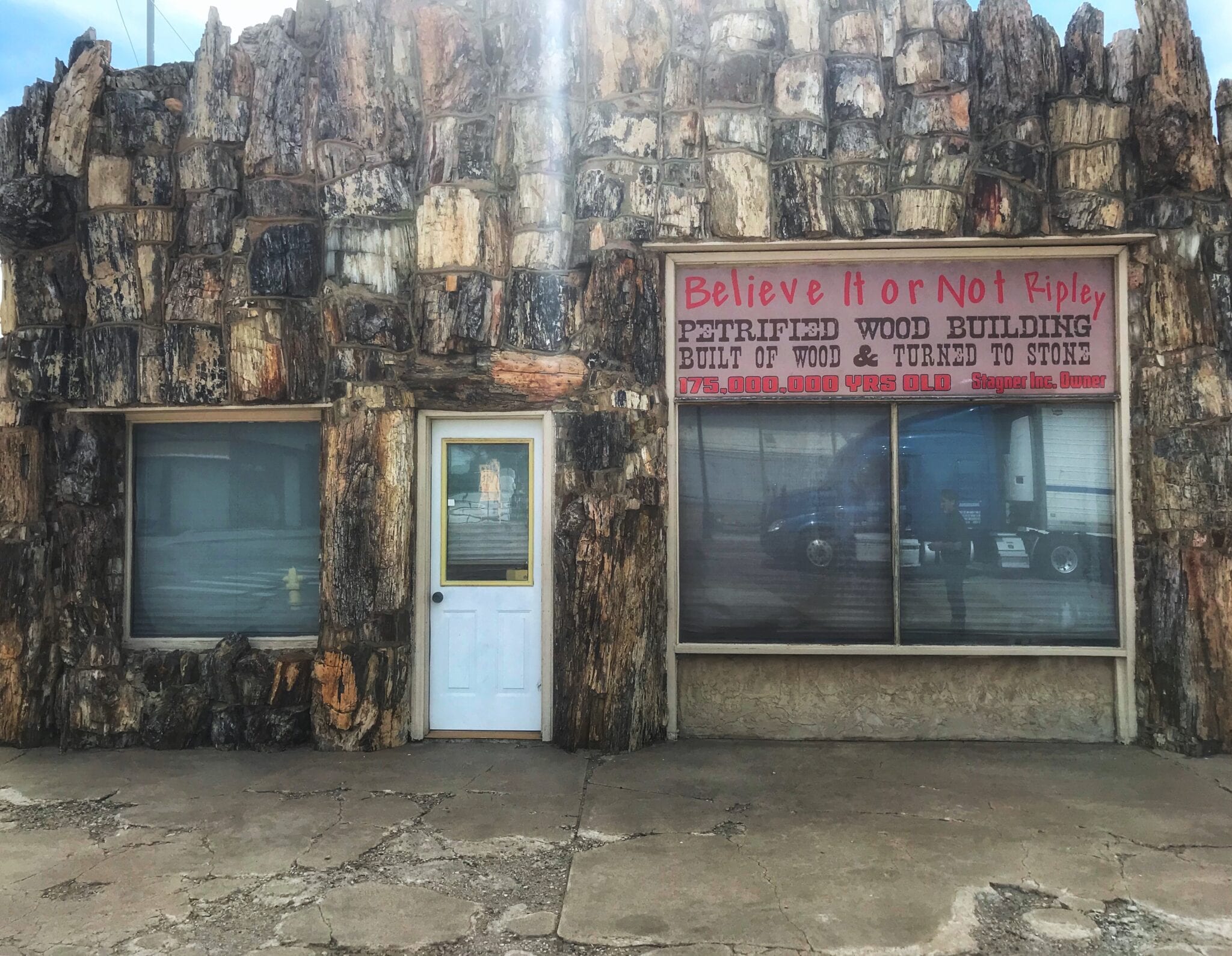
Whether you are just passing through or staying a while, be sure to pull over for these roadside attractions as well.
In the town of Lamar, along the town’s Main Street, sits the Petrified Wood Building. Once a gas station, this unusual structure is made entirely of 175-million-year-old petrified wood. Believe it or not, it is the oldest structure on the planet!
Heading south from Lamar, towards Springfield, are the unique formations of Gobbler’s Knob. This group of Dakota Sandstone outcroppings is believed to have been created by harsh winds roughly 140 million years ago. The structures are easily visited from the Gobbler’s Knob Rest Area on HWY 385.
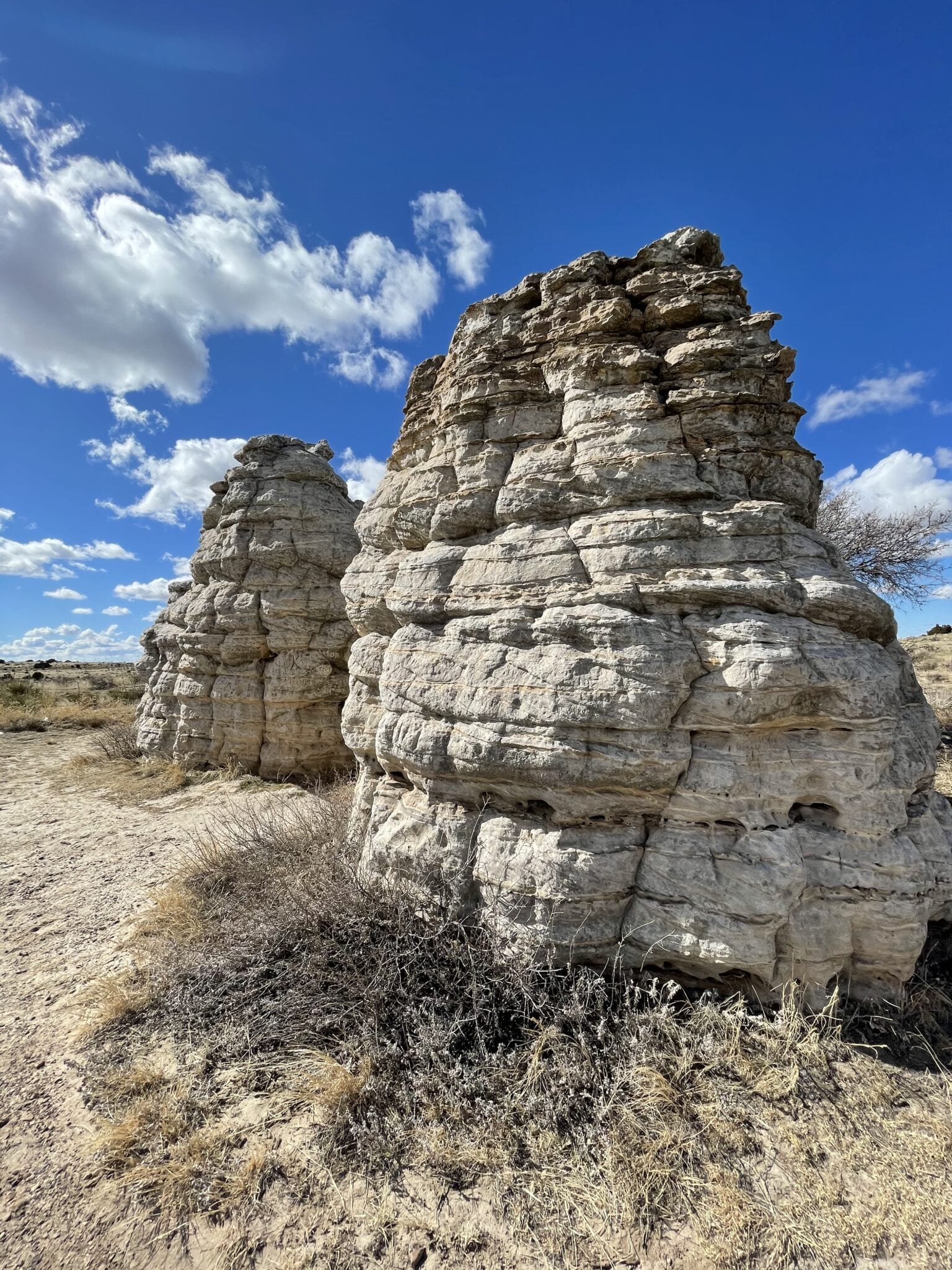
A new adventure awaits along southeastern Colorado’s Great High Prairie! What will you discover? Check out more points of interest and learn more about how to plan your vacation to Prowers County and the Great High Prairie.

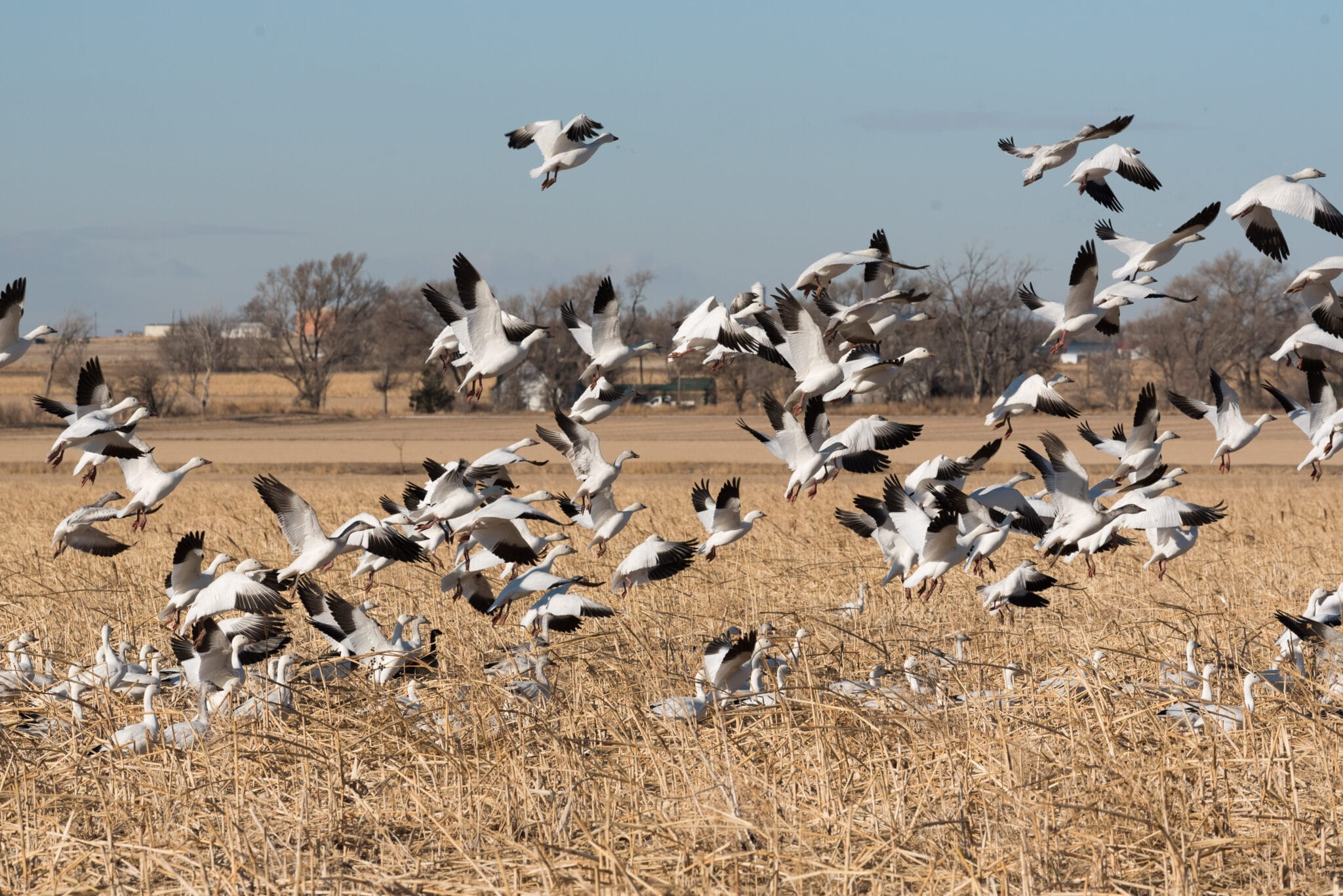
 Best Fishing Spots around Denver Metro
Best Fishing Spots around Denver Metro